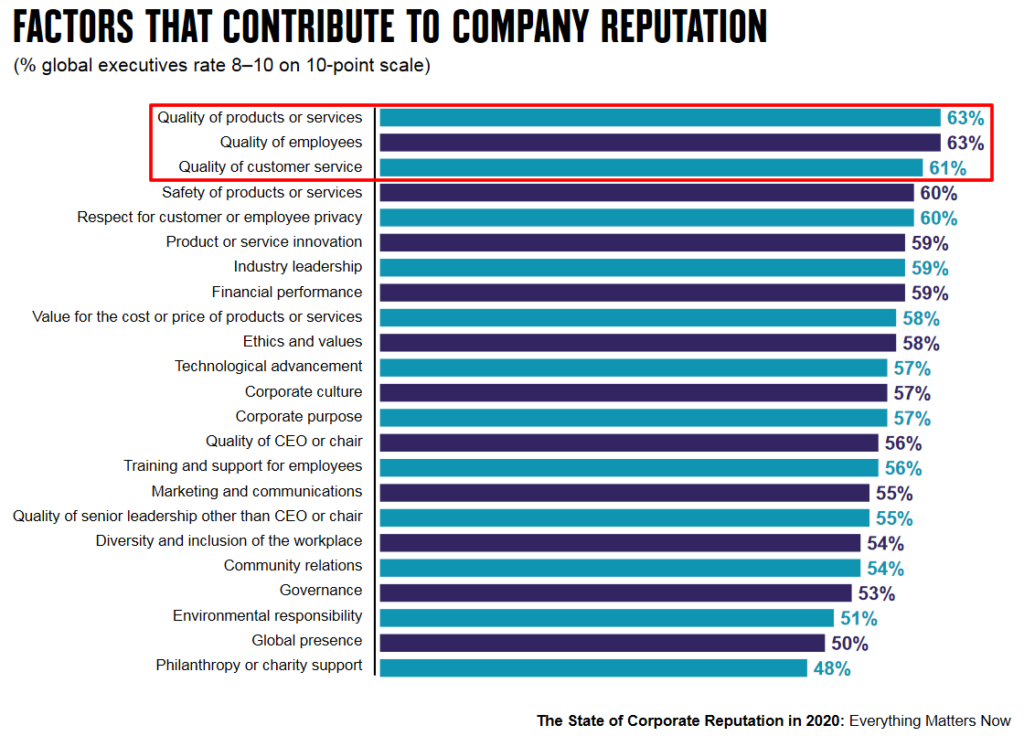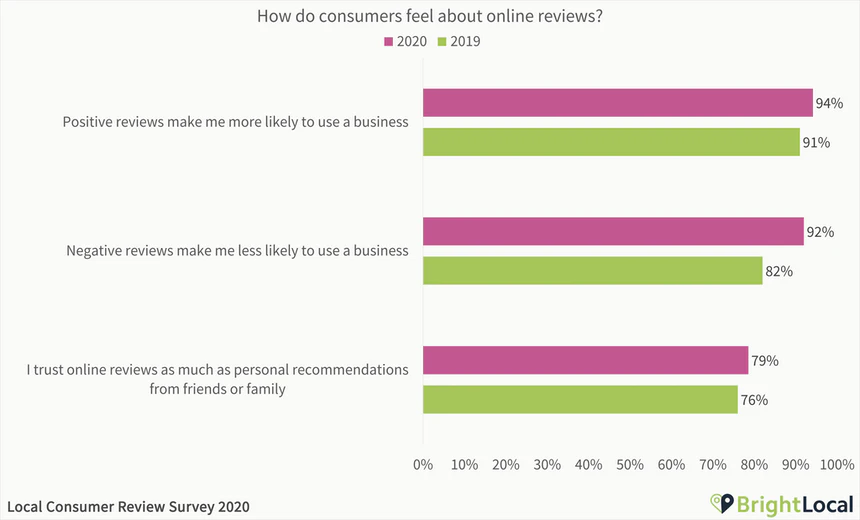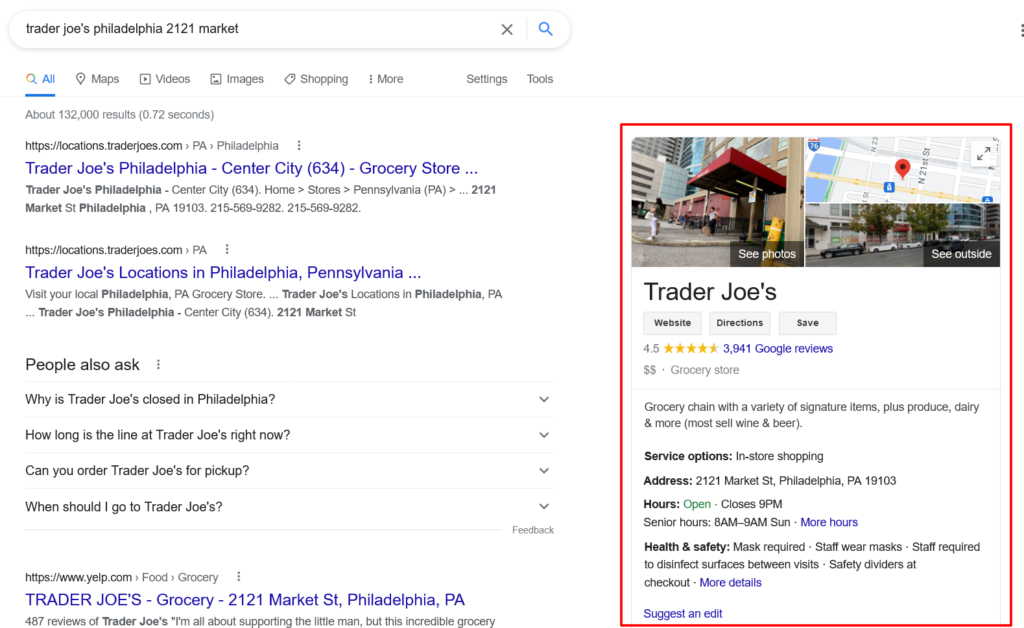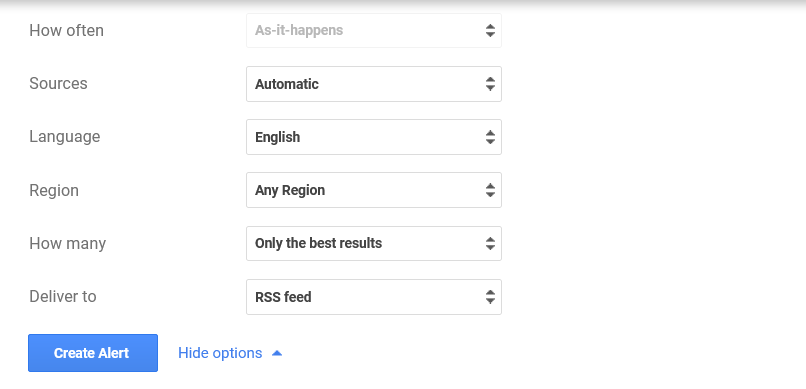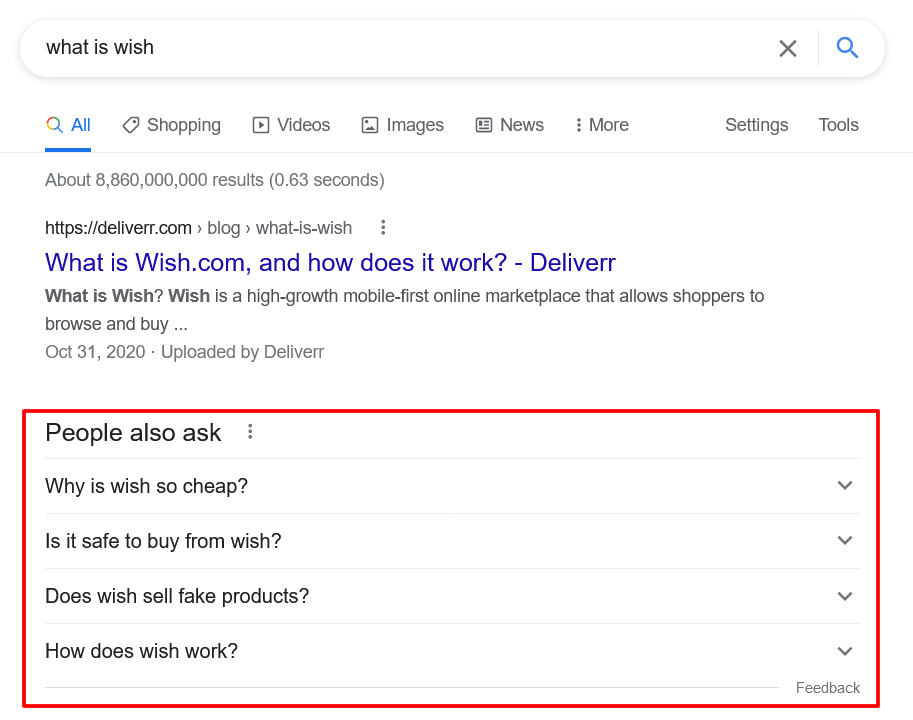In a memo to his Berkshire Hathaway management team, Warren Buffet once said, “we can afford to lose money—even a lot of money. But we can’t afford to lose reputation—even a shred of reputation.”
That quote is just as relevant to SEO pros as it is to PR reps: By implementing a few best practices, SEO practitioners can have a significant positive impact on their organization’s reputation. This is known as reputation management SEO, and it might just be the key to gaining trust, boosting conversions and securing long-term success. Here’s how to start using reputation management SEO to your advantage.
Why Does Reputation Management Matter?
Though some might say you can’t put a price on reputation, the data says otherwise. And as it turns out, reputation is very valuable: Research has shown that global executives attribute 63 percent of their company’s market value to reputation alone. Many factors contribute to their company’s reputation, but most of those executives cited the quality of products, services, employees and customer service:
Most importantly, consumers seem to agree that reputation is crucial—a study from the University of Technology Sydney found that people are willing to pay up to 22 percent more for products from businesses with a good corporate reputation.
So how do customers determine if a company has a good reputation or not? While word of mouth communication certainly plays a part, online reviews may hold even more sway: About 90 percent of consumers read reviews before buying a product, and the vast majority take those reviews seriously.
In fact, consumers’ behavior is directly affected by the reviews they read. Ninety-four percent said that positive reviews make them more likely to use a business, 92 percent said that negative reviews make them less likely to use a business and nearly 80 percent said they trust online reviews as much as personal recommendations:
In other words, reputation has a large and quantifiable impact on companies’ success, and consumers gauge reputation by turning to online sources. As a result, businesses who cultivate a positive reputation are far more likely to thrive than those that don’t.
So it’s clear that reputation is crucial to companies’ success, but how does SEO come into play? In short, reputation management SEO involves strategically optimizing certain types of content. By doing so, you’ll be able to put your organization’s best foot forward in the SERPs.
How to Leverage Reputation Management SEO
If you want to start using reputation management SEO to your advantage, you need to analyze how your organization comes across to search engine users. Then, you need to strive to improve your image by implementing several reputation-enhancing techniques on an ongoing basis.
Get Active on Social Media
In the eyes of internet users, a business that doesn’t have a social media presence is one that’s not fully invested in communicating with its customers. As such, you can improve your brand’s reputation by getting and staying active on multiple social media platforms.
And once you start connecting with more followers on social media, it won’t be long until you start seeing concrete results.
In fact, consumers who follow brands on social media are exceptionally loyal: One study from Sprout Social found that nearly 90 percent of people will buy from a brand they follow, and 84 percent say they’ll choose that brand in lieu of a competitor.
To boost your brand’s social media presence, improve its reputation for communication and gain more customers as a result, you can adopt several effective tactics:
Update Frequently
When you post frequent updates to your brand’s social media profiles, you create the impression that your organization is accessible, down-to-earth and alive.
While it’s not a good idea to flood followers’ feeds with constant posts, you typically can’t go wrong with a cadence of one post per day. Exceptions do exist, though—for instance, companies that publish the most Instagram Stories tend to be the most successful.
As you increase the number of updates you post, just be sure to keep track of your engagement metrics to monitor how well your audience responds to the changes.
Be Responsive
Gone are the days when consumers had to wait days or even weeks to receive a phone call or letter back from a brand—now, 40 percent of people expect brands to respond within the first hour of contacting them on social media, and 79 percent expect brands to respond within one day.
To meet customers’ demands and build a brand reputation for being attentive and prompt, strive to respond to your social media followers as quickly as possible.
Create a Cohesive Image
If a brand’s online presence is scattered and inconsistent, consumers likely won’t feel that it’s as trustworthy as it could be.
To prevent that from happening to your organization, ensure your brand’s image is consistent across all social media platforms. This includes its profile pictures, tone and voice, usernames, visual branding and typical response times.
Engage Your Followers
No matter which social media platform we’re talking about, engagement is the name of the game. It’s not just one of the most important metrics for satisfying platforms’ algorithms; It’s also one of the most effective ways to cultivate a positive reputation and earn consumers’ respect.
To engage with your followers, you can try running polls, hosting contests and giveaways, asking for their opinions and increasing your response rate.
Create a Google My Business Account
Want to put your brand and its best features in front of customers’ eyes before they even visit your site? Then you need to optimize Google My Business (GMB), a free tool businesses can use to control how their brand appears across Google Search and Maps.
Here’s how it works: When Google users search for a specific business (in this case, we searched for a Trader Joe’s grocery store in Philadelphia), a multimedia listing will appear alongside the normal search results:
This is a GMB listing, and it includes important information about the business in question including its average star rating, website, address, hours of operation, price range and more. Information from the same listing will also appear in searches performed on Google Maps.
It’s important to create a GMB account and listing because doing so will affect how potential customers view your business—the more complete its GMB listing is, the more likely it is that users will view it as legitimate and trustworthy.
To create a GMB account, start by searching for an existing listing. (If one doesn’t exist, click Add your business to Google to build its profile from scratch.)
Earn More Positive Press
One of the best ways to truly cement your organization’s reputation in stone is to let its actions speak for themselves. In other words, consider doing things that will help your brand gain positive online press (as well as consumers’ trust).
For example, your business could:
- benefit a charitable cause, such as by making donations, running an awareness campaign, performing volunteer work or participating in a local charity event;
- take a green initiative, such as by starting a recycling program, reducing water and electricity or planting trees for every purchase; or
- host sweepstakes and giveaways which publications may want to alert their readers to.
It’s also crucial to get on relevant journalists’ radar in order to receive the press you’re looking for. Try following and engaging with them on social media and letting them know about upcoming events or initiatives.
And when your brand does receive positive press, be sure it includes a link to your organization’s website.
Use Google Alerts to Your Advantage
If you’re performing reputation management SEO for an organization that people talk about (even just a little), then negative press and inaccurate information is bound to crop up.
For instance, a business directory might list incorrect hours, or a customer dispute could lead to less-than-favorable news coverage.
Whatever the case may be, you can work to protect your brand’s reputation with the help of Google Alerts, a tool that notifies you whenever content containing your chosen search term(s) is published.
To create a brand alert, navigate to Google Alerts and enter your chosen keyword (i.e. your brand name) in the search bar at the top of the page:
Once you type in your brand name you’ll see two buttons, one titled create alert and one titled show options. Click on show options and you’ll see a list of settings for your alert, including its frequency, sources, language and more:
Once you’ve tweaked the options to your liking, click create alert and Google will begin sending notifications whenever new content about your brand is mentioned.
Going forward, whenever you see inaccurate information or negative press coverage crop up you’ll be able to immediately reach out to the source to either correct the given information or give your brand’s side of the story and show it in a more positive light.
As an added bonus, the alert you create can also bring your attention to unlinked mentions. These present fantastic link building opportunities you can use to flesh out your backlink portfolio.
Take Control of Unfavorable Queries
If your brand is relatively well-known within its vertical, then all the search queries made about it may not necessarily be flattering.
Let us show you what we mean. Here, we’ve made the query what is Wish in reference to the popular e-commerce website. While the first result is simply an article explaining how the site works, the subsequent Google-generated people also ask section is less than complimentary:
As you can see, such questions can easily lead users to believe that Wish products may in fact be cheap, unsafe or fake. It’s impossible for Wish to simply remove those unflattering questions from search results, and they can’t control what third-party publications say about their platform, so what are they to do?
The best option would be to create high-quality content that not only includes the negative search queries but also assuages users’ concerns, and that’s exactly what the clever content team at Wish has done. When performing a search for one of those unfavorable questions, a reassuring article from Wish’s official help center is one of the top results:
By taking a similar approach, you can take control of the questions users ask about your brand and build a stronger reputation in the process.
Optimize Complimentary Content
Reputation management SEO isn’t just about working to minimize negative content—it’s also about using your SEO skills to ensure that your brand’s most complimentary content ranks as highly as possible.
To do so, you can try:
- implementing high-quality content creation strategies;
- learning how to accurately decipher user intent;
- adhering to Google’s E-A-T guidelines;
- mastering the most essential elements of on-page SEO;
- adopting smart link building tactics; and
- improving your site’s crawlability.
It will take some time, but such techniques will undoubtedly draw more attention to your brand’s most favorable content and help build a solid reputation in the long run.
Face Shortcomings and Rectify Mistakes
In a way, it makes sense for brands to avoid public conflict whenever possible—not all publicity is good publicity, and no business in existence wants to lose customers. However, conflict avoidance can cause even more problems for an organization.
The reason for that comes down to consumers’ desire for transparency from brands:
- Eighty-six percent of Americans believe transparency from businesses is more important than ever before.
- Ninety-four percent of consumers are likely to be loyal to a brand that’s completely transparent.
- Fifty-six percent of consumers would be loyal to a brand for life if it provided total transparency.
Transparency involves more than providing detailed information about products and services, though. Full transparency also requires businesses to face their shortcomings head-on and do their best to openly rectify past mistakes.
So next time one of your brand’s flaws or blunders is pointed out, don’t try to sweep it under the rug. Instead, show consumers you care by honestly owning up to any failings, genuinely apologizing for faux pas and taking real steps toward improvement.
If you do so, consumers will view your brand as one that’s worth sticking with for the long haul.
Leverage Reputation Management SEO to Shine a Positive Light on Your Brand
In the world of SEO, it’s easy to get hung up on numbers. From click-through rates to cost per click, there are many metrics SEO practitioners can use to measure progress.
But the impact of reputation management SEO shows that truly effective SEO addresses the human side of success as well as the mathematical one. Without a reputation customers can trust, all those numbers won’t do you much good. So set aside the statistics and start practicing reputation management SEO to polish your brand’s image and help it live up to its full potential.
Image credits
Weber Shandwick / January 2020
BrightLocal / December 2020
Screenshots by author / May 2021

